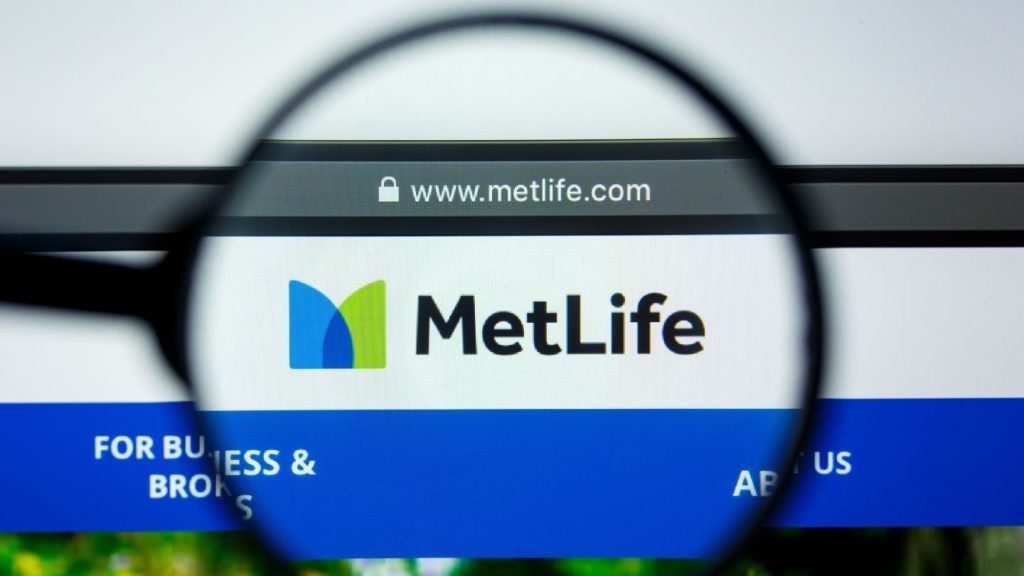
Bessie Hassan, income protection expert at financial comparison website, finder.com.au reviews the state and features of Australia’s income protection market. She explains that income protection is gaining interest in Australia, but lack of awareness and education remains a challenge.
Income protection is a topic that has been on the rise in Australia for many years. With much of Australia’s workforce sitting within the most dangerous industries (construction and manufacturing), workplace injuries and consequential compensation have become much more significant issues in the eyes of many.
And, as a result, the topic of income protection is gaining interest internationally.
What is it?
Income protection in Australia often goes hand in hand with life insurance. Many insurance providers offer it alongside various other products as a form of income insurance. It
sits under three different umbrellas:

US Tariffs are shifting - will you react or anticipate?
Don’t let policy changes catch you off guard. Stay proactive with real-time data and expert analysis.
By GlobalData- Standalone income protection: A package that can be tailored to your needs for comprehensive cover of up to 75% of your income.
- Group salary continuance: Generally taken out by employers on behalf of their employees.
- Personal accident. Cover that provides either a lump-sum benefit or ongoing payment after a serious accident:
Within these policies, a variety of benefits are usually offered automatically. These can include:
- Total disablement benefit. A monthly benefit paid if you meet your policy’s definition of being totally disabled.
- Bed confinement benefit. Paid if you are bed-bound and require a full-time nurse.
- Recurrent benefit. Paid without a waiting period if you suffer an injury for the second time.
- Family care benefit. Paid if a family member’s income is reduced as a result of being your carer.
- Rehabilitation benefit. An additional benefit to help pay for the costs of rehabilitation to help return the policyholder to employment.
The cost of each policy is generated from a range of factors, including the benefits, the sum insured, the design of the policy, the premium structure, the repayment frequency, the benefit period, the waiting period and the age, smoking status, sex, medical history, occupation and general all-round health of the applicant.
When will you receive income protection cover?
When considering a policy, it’s important for each individual to know in advance the circumstances in which they will be covered. Most providers will accept suffering a serious illness or accident, consequentially being unable to work and a consequential decrease in income as the three factors necessary for payment approval.
Within these three factors, the definition of “disability” can vary. Generally, it falls into one of three categories:
- Duties-based disability: An inability to perform one or more important duties at work as a result of the illness or injury.
- Income-based disability: A reduction in income of 20% or more as a result of the illness or injury.
- Hours-based disability: An inability to perform the duties of your occupation for a certain amount of hours per week as a result of the illness or injury.
Who is exempt from income protection?
Because of the uncertainty of various industries, some careers are not covered through income protection.
Professions of a miscellaneous nature that tend to be fairly spontaneous (such as actors, singers, radio announcers, authors and even firemen) are usually classified as uninsurable.
Something else to note is that in addition to volatile occupations, there may be restrictions in place for pre-existing medications.
Also, income protection is capped at a maximum age of 64, meaning it cannot be obtained after this point.
So what’s the problem?
The current problem we have with income protection in Australia is a lack of awareness and education.
Many people don’t realise that it isn’t a 100%-guaranteed refund of your lost income.
Typically, the highest amount of cover that will be granted by an insurer is around 75%. While this compensation is still high and should be sufficient to sustain a person, it’s important for people to read the product disclosure statement of their chosen policy before they consider fully investing in income protection.
From the industry’s perspective, all that we really need to do is raise awareness. In the UK, the income protection market has been predicted to rise and Australia seems to be heading in the same direction.
The more education we receive around income protection and its benefits (especially for those working in more dangerous occupations), the more valuable it will be seen as by the general population. Let’s hope this happens!







